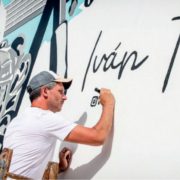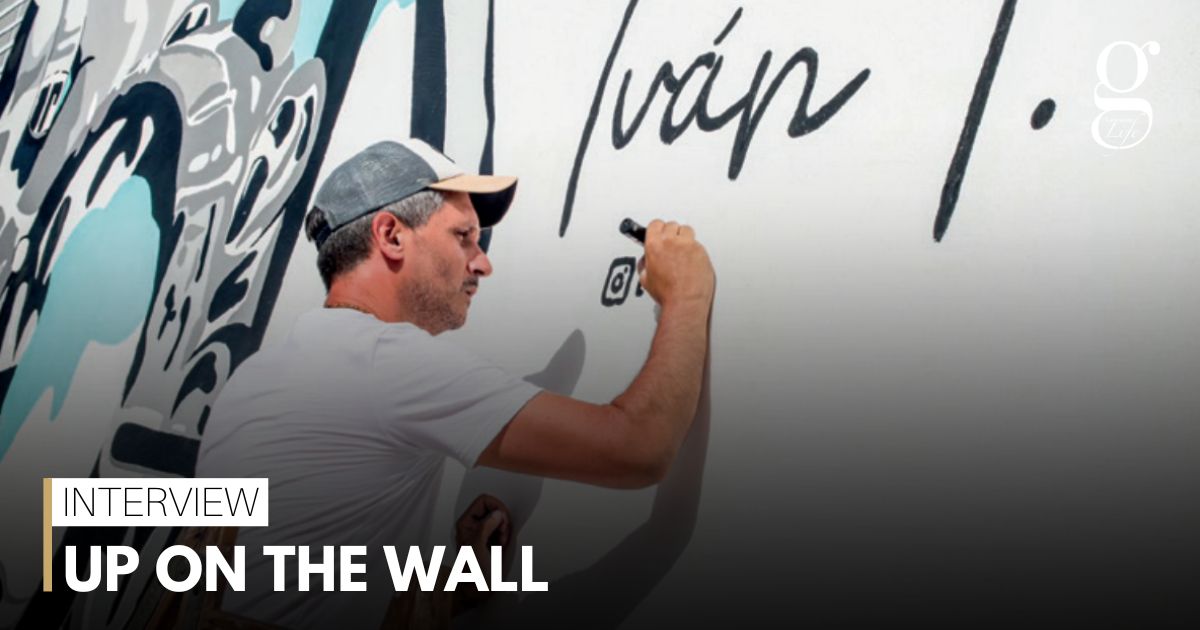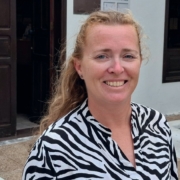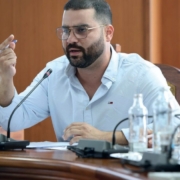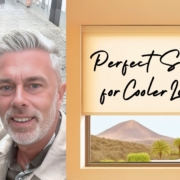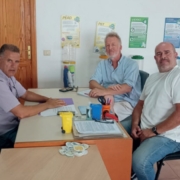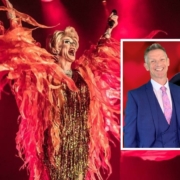Murals are nothing new to Lanzarote. César Manrique created several large indoor and outdoor wall paintings, many of which can still be seen; but recent years have seen several larger scale artworks adorning public buildings in Arrecife.
Muralism has a strong Latin-American heritage. The word “mural” itself derives from Spanish, and the Mexican muralist movement of the early 20th century led to an international explosion of this style of art.
More recently, traditional murals have collided with the street art of graffiti artists to create urban environments that are full of colour and creativity.
On Lanzarote, César Manrique’s aesthetic guidelines have restricted most street art to Arrecife, but the capital is becoming more colourful all the time. There are some impressive murals in the streets around the El Almacén art centre.
Recently, Ivan T created a gloriously vivid portrait of Rosana Arbelo on the wall of Arrecife’s Civic centre (just along from the Aldi supermarket to celebrate the local singer’s honour as being named as official announcer of the San Ginés fiestas. We spoke to Ivan last month.
Where are you from, Ivan?
I’m originally from Buenos Aires. I came to Lanzarote a few years ago and have a family in Arrecife now.
Did you come to muralism via graffiti, like many other muralists?
No, I’m a graphic designer. It started during lockdown when there wasn’t much work. I’m from Argentina, where people know how to take advantage of a crisis, so I started posting some artworks on Instagram.
Lots of bars and restaurants were taking the opportunity to redecorate, and a restaurant in Puerto del Carmen then commissioned me to design and decorate their walls. That was the start of it.
And since then?
I’ve painted designs for the tourist centre warehouses, the Youth Centre in Tías, a huge design in the town of Moya in Gran Canaria, and created several other murals and design works around the island.
How do you go about planning a mural?
I’ve got lots of experience with computer design, so most of the creative work is done digitally. I can create the work to exact dimensions on a computer, and then it’s just a case of transferring that idea to a wall.
Had you done that before?
Not really. it was very much a case of trial and error. You have to buy supplies, hire equipment such as cranes etc, but I learned quickly. I know Matteo (local street artist Sabotaje al Montaje) and went to watch him decorate the library in Playa Honda. That taught me a lot.
That’s an incredible design in black-and-white.
It is, but those are the aesthetic rules laid down by the local Ayuntamiento. The designs I painted in the Tourist Centres Storage Depot opposite the airport also had to be in black-and white.
Manrique’s murals are famous, but do you ever feel that his legacy can be limiting to new artists?
I think César was always open and supportive of young artists, but those who act in his name can be more restrictive. We’ve now spent over 30 years without César. It’s impossible to know what he’d make of the island today, but I feel sure he’d support new artists. He was a generous man.
Do you have any plans or ideas for the future?
I’d love to do something on the walls from the cruise port to Arrecife. At the moment, they’re ugly and neglected, and they’re the first impression many visitors get off the island.
I’d also like to do something with the lighthouse at Pechiguera. The Spanish artist Okuda painted a lighthouse in Murcia, and it’s become a big tourist attraction.
Both of those are just ideas, though. More practically, I’m working to set up a walk-in art centre in Playa Honda, and also do live art works at concerts and performances. I’ll be appearing with the Canarian Kike Pérez in Las Palmas soon.
5 INSPIRATIONS
Here are five of Ivan T’s favourite muralists among the immensely talented crop of new Spanish artists.
Lidia Cao (lidia.cao): The Galician artist specialises in haunting images of women, often in dark colours, with a “gothic” touch.
Martin Ron (ronmuralist): Hyperrealist murals from an Argentinian.
Belín (belin.es): Ivan describes Belin’s work as “neocubism” – a startling style that blends surrealism with hyperrealism.
Sabotaje al Montaje: The Lanzarote-born muralist started as a graffiti artist but has now created some of the most remarkable works in Spain. Ivan calls him a “friend and an inspiration”.
Okuda: Santander-born artist who created brilliantly coloured work using geometrical forms and a “pixellated” style.
You can follow Ivan on Instagram at @ivantempera
For regular updates, pictures and videos of Lanzarote be sure to like and follow our Facebook page “Gazette Life Lanzarote”.

